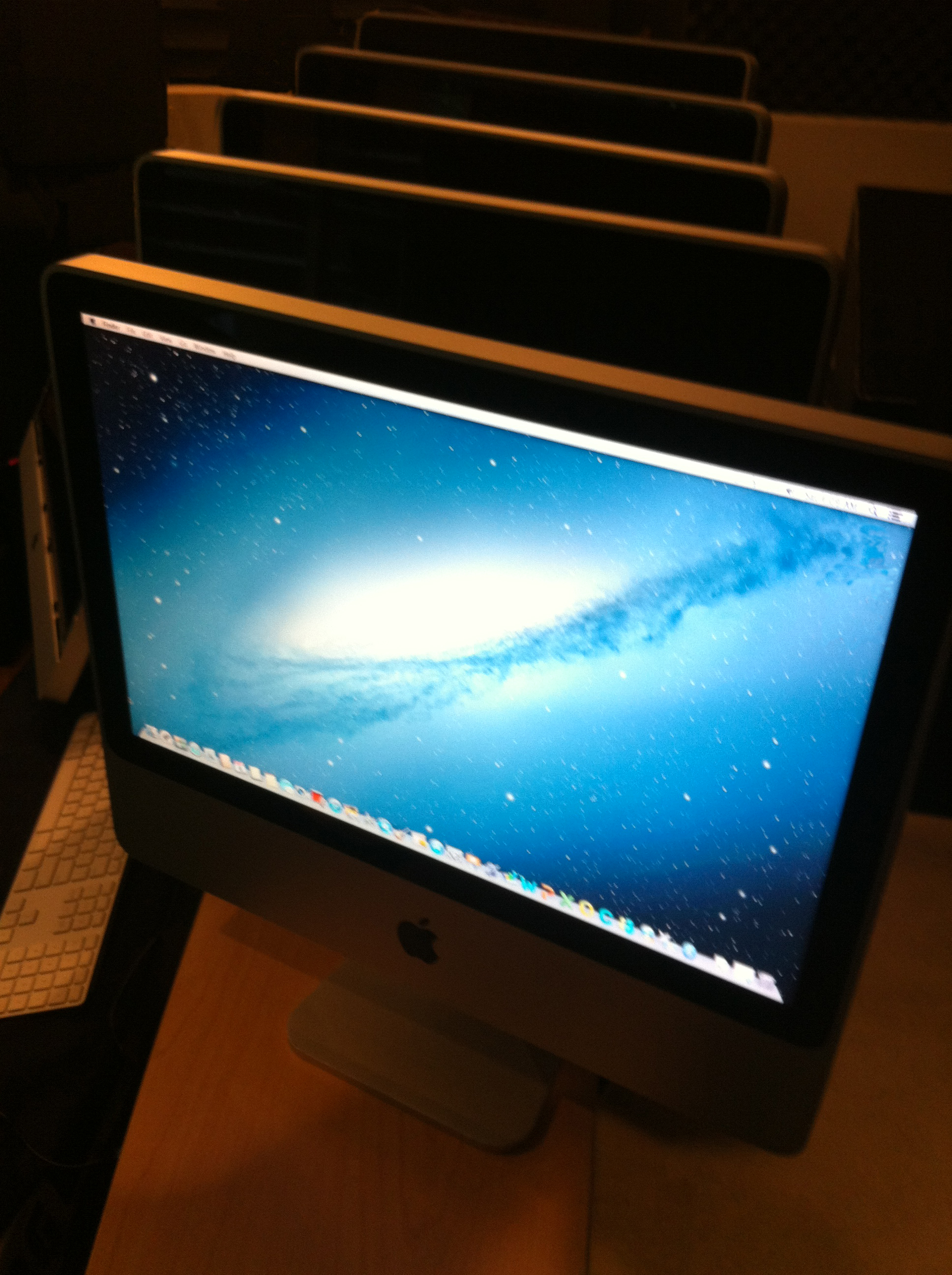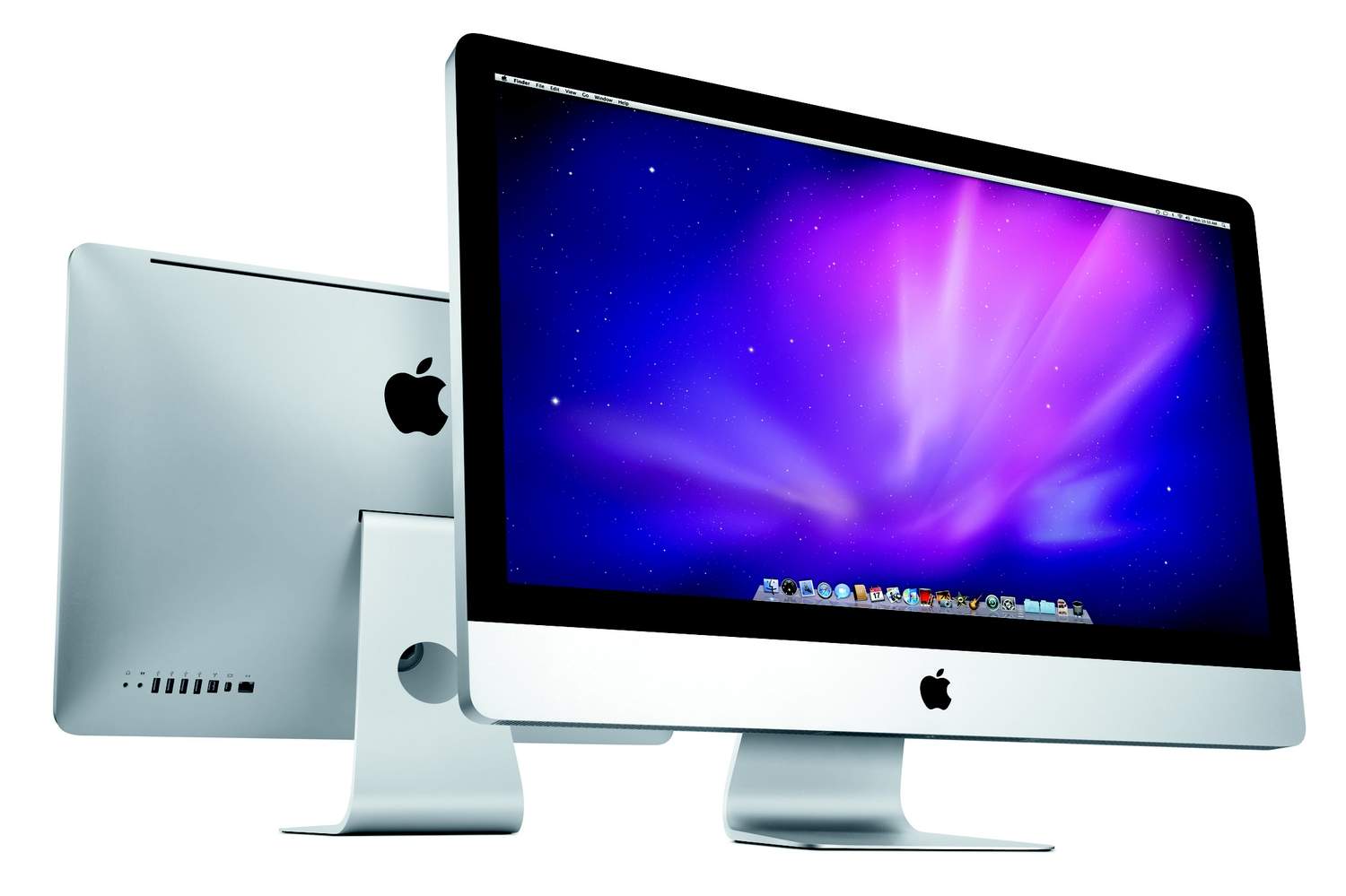

Solid-state storage is available for your Mac Pro both as individual SSD drives as well as configured as solid-state storage mounted directly to a PCI Express card. Start-up, launching apps, loading audio samples… all of these tasks will fly exponentially faster than before, and with just a little bit of careful work, the Mac operating system makes it easy to clone drives and transfer all of your content from the boot drive to your new SSD without any need to reconfigure or reinstall your software. You’ll feel a significant performance gain by replacing your system’s boot drive with an SSD device. Solid-state drives (SSD) have faster write speeds than traditional hard drives, but their data read speeds are exponentially faster-they read data more than ten times faster than the fastest hard drives available. In short, solid-state memory is a high-speed alternative to traditional hard drives, where data is stored and recalled from within integrated circuits rather than written to and read from physical, spinning disk platters that are accessed via mechanical arms and read/write heads. You may even own a new laptop with solid-state storage. SSD Drivesīy now, unless you live under a rock, you’ve undoubtedly heard about SSDs (solid-state drive or solid-state device).
#2009 imac for recording install
Also, whenever possible, install memory in matched pairs, as this will enable the motherboard to run the RAM in dual- or triple-channel mode, which can squeeze a tiny bit of extra speed out of your system thanks to greater bandwidth between the memory and CPU.

But re-arrange the installation so that your higher density RAM is in the first (occupied) RAM slots for best performance. Tip: If you have a few empty memory slots, you can keep your existing RAM and simply add more to your system. Depending on which specific model Mac Pro you have will determine how many memory slots you have, and whether or not you need to install memory modules in matched pairs or not.
#2009 imac for recording upgrade
We bought a 16GB OWC memory upgrade (comprised of two x 8GB DDR3 modules) for one of our Mac Pros from for only $92 this past winter and replaced a few lower-density memory sticks to raise our machine’s total count from 12GB to 24GB. Many audio applications-like Avid Pro Tools 12, for example-can load entire sessions into RAM if you have enough of it, and that can really help your performance soar. Without sufficient RAM, your computer has to constantly swap bits of information that it needs out of the limited RAM and onto one of your hard drives in order to function, and reading data from a hard drive is exponentially slower than retrieval from RAM or cache memory (this is higher-speed memory tied to the CPU itself, and is not user upgradeable). You can easily upgrade to 16GB, 24GB, or more depending on which generation Mac Pro you’re running, and if you’ve been suffering from a minimal RAM configuration, absolutely every application is going to perform quicker when you install additional memory. If you have 8GB or less installed, it’s a miracle you’re getting any serious audio production work accomplished on the computer (go to the Apple menu and select About This Mac to see how much memory is installed). Starting with the obvious, how much RAM do you have installed on your Mac Pro? By default, the 2009 Mac Pro shipped with only 3GB RAM.

These are the three areas of your system that can be upgraded quite affordable, and the differences in performance will be staggering. What if you could simply supercharge the performance of your existing Mac Pro, giving it newfound performance that feels like a significant leap forward, at a fraction of the cost of upgrading your entire system? We’re happy to say that it’s quite easy, affordable, and the results are impressive. These boxes are supremely accommodating to storage, with as many as four easy-access drive bays, four PCIe slots, and two DVD drive bays that can be reconfigured as needed to hold additional storage.īut with Apple’s redesign of the Mac Pro in 2013 to that of a compact, shiny trash can, completely devoid of internal storage drive bays, many pros have been asking: what now? The new Mac Pro starts at $3,000 with minimal onboard, solid-state storage, and you’ll have to spend hundreds of dollars just to buy an external enclosure to hold your hard drives, and another few hundred dollars just to hold any necessary PCIe cards. It’s safe to say that a vast number of commercial and pro-level project studios have digital audio workstations built around Apple’s aluminum enclosure Mac Pro computers, mainly dating from 2008 through 2012.


 0 kommentar(er)
0 kommentar(er)
